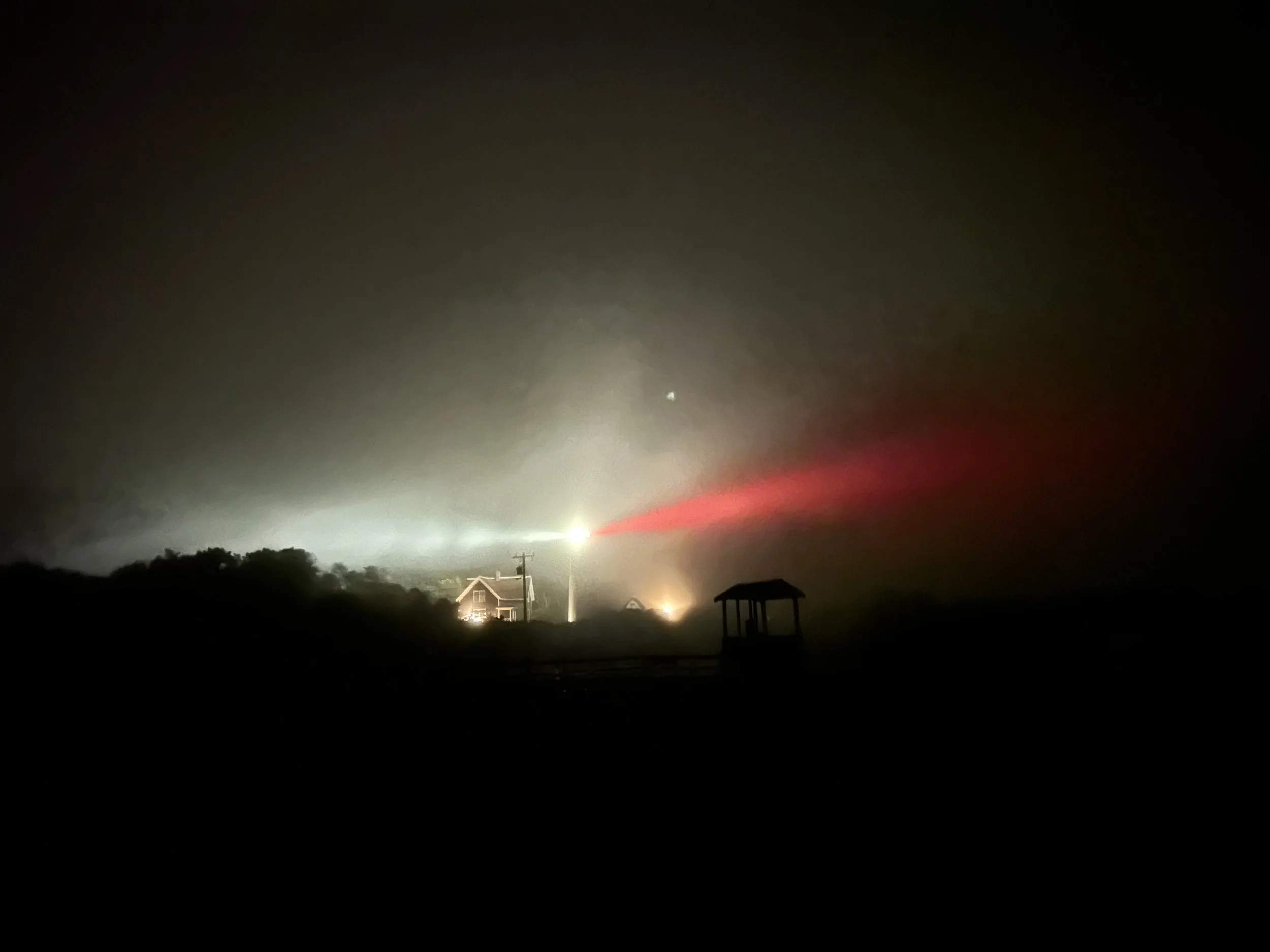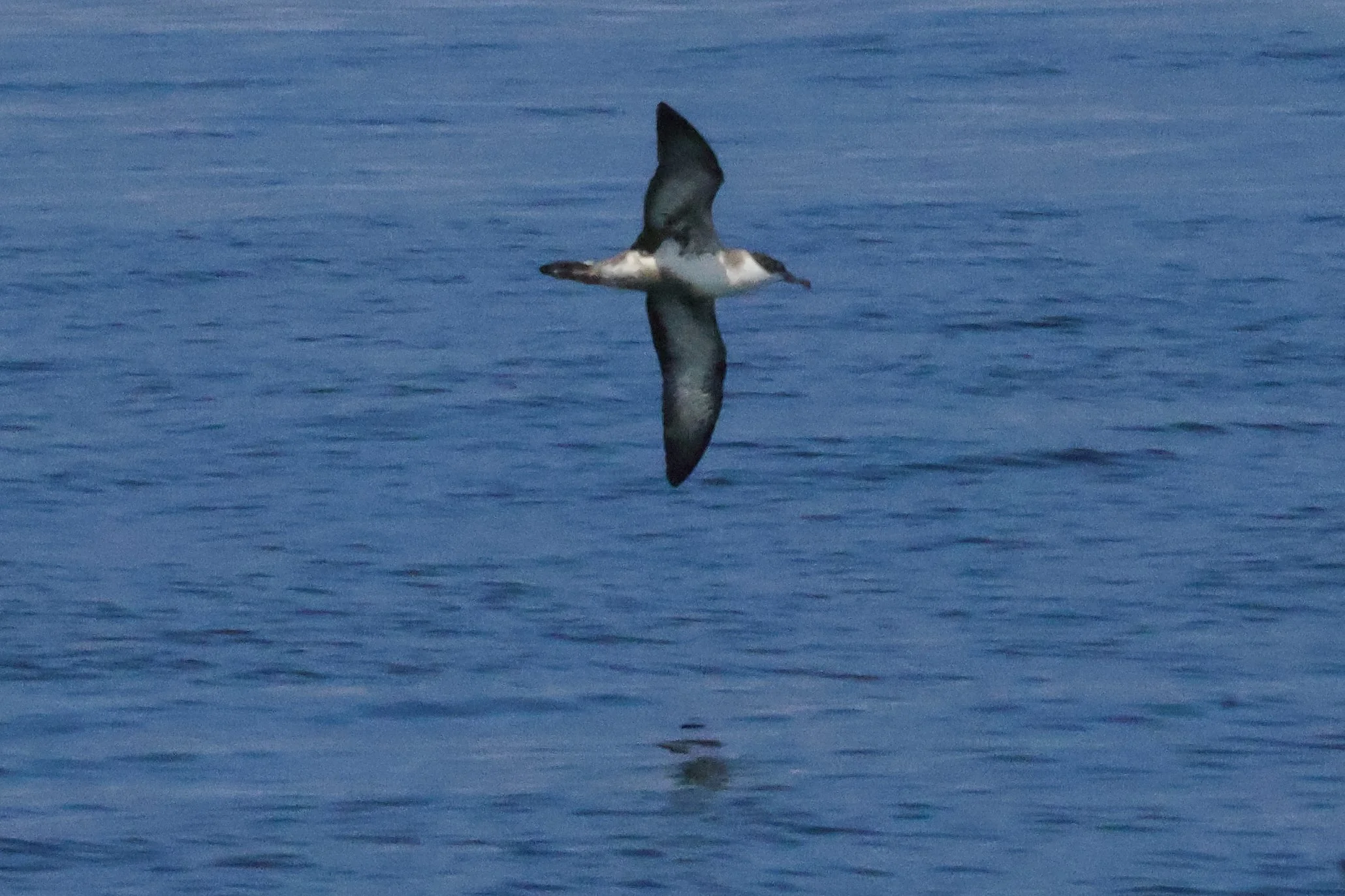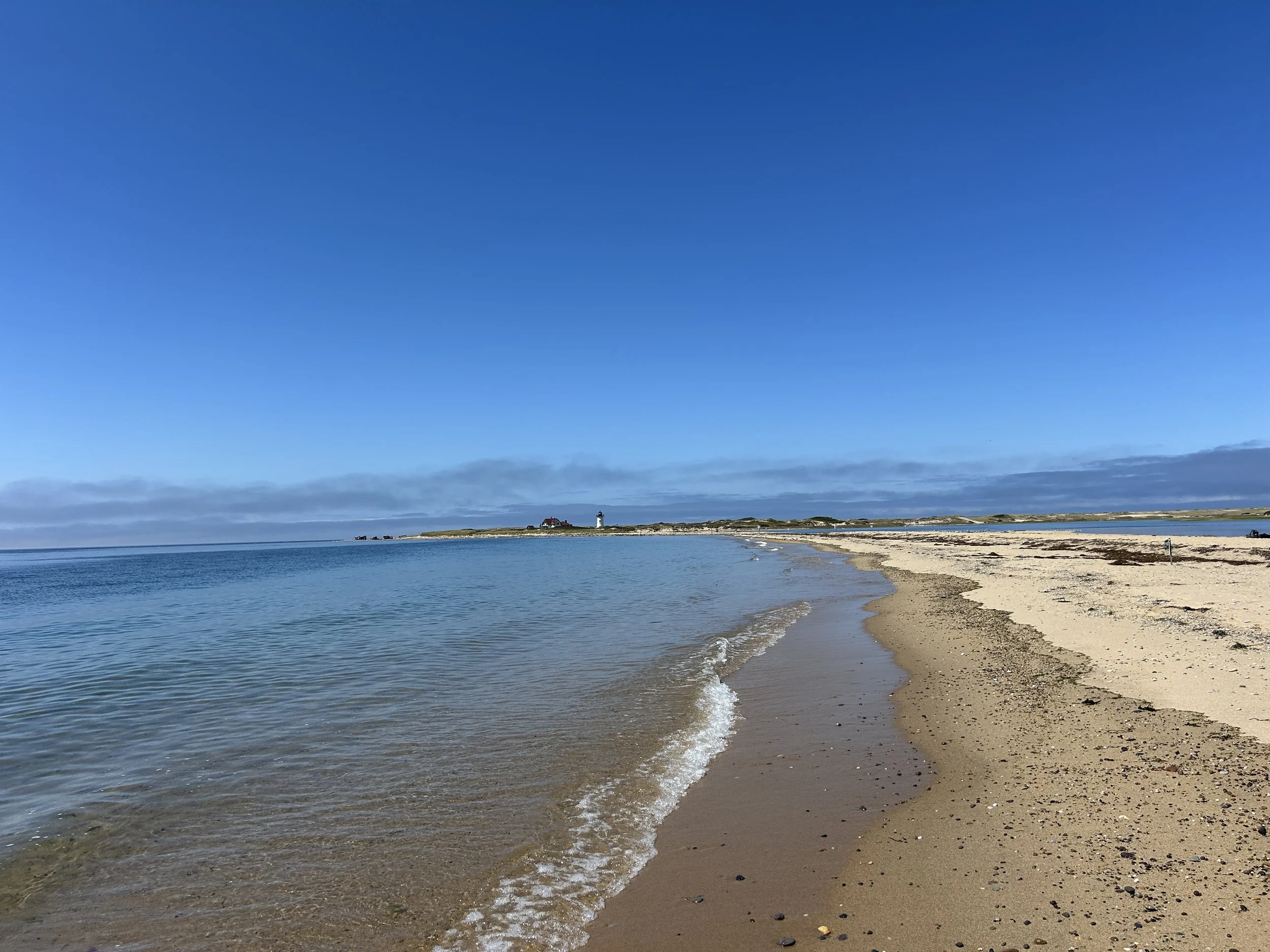Cape Cod in Late August - Field Report
Finding themselves “stuck” in Massachusetts after a pelagic trip was cancelled, the Flyaway Birding team had some time to explore Cape Cod and saw some amazing birds!
Things started off well with some time exploring Boston’s south shore with Charlie. We enjoyed watching shorebirds huddling in their high tide roost in Squantum Marsh and were delighted to find a Whimbrel along the shoreline. A rare juvenile Little Blue Heron also added to the morning’s excitement.
Our only other stop before getting to Cape Cod was the Plymouth Municipal Airport. This locale is one of only a handful of places in New England where Upland Sandpipers nest due to the management of their preferred grassland habitat. We were lucky enough to see two Upland Sandpipers strutting about in the grass as well as an Eastern Meadowlark!
Mississippi Kite
Our first stop was soon after arriving on the cape. We went to an area where Mississippi Kites were being observed and quickly spotted one soaring overhead and calling. These sleek and agile raptors have a unique shape and specialize on large insects. Massachusetts is north of their normal breeding range, but a periodical cicada brood that emerged this year was able to sustain this rare visitor enough that they successfully hatched and raised a chick!
After our success with finding the kites, we continued on to search for a couple more birds that are hard to find in New England. Watching the tide fall at Forest Beach gave us excellent views of numerous Willets, yellowlegs, Ruddy Turnstones, Black-bellied Plovers, and the scare migrant, Marbled Godwit. A visit to a heron rookery provided us with a stunning show of Great and Snowy Egrets, Green and Great Blue Herons, many Double-crested Cormorants, and both Yellow-crowned and Black-crowned Night Herons! An exciting day of birding behind us, we enjoyed a seafood dinner - as is customary on Cape Cod!
Nauset Light in the morning fog
The next day started with a pre-dawn wake-up and a drive to the lighthouse at Nauset Beach. The light cutting through the fog created a stunning show as we piled out of the car and headed for the gnarly pine barren forest that lines the road to the beach. Here we walked slowly through the darkness until we heard the enchanting song of an Eastern Whip-poor-will! These nocturnal birds aren’t super abundant in New England, but the habitat in southeastern Massachusetts is perfect for them.
Fort Hill is a well-loved birding spot on the Cape for its blend of many different habitat types. Our purpose there this morning was to track down the endangered Saltmarsh Sparrow. This is a true east coast speciality where it resides solely in the ever disappearing coastal marshes along the Atlantic seaboard. We were able to find one and enjoy watching it move around its namesake habitat, despite it being late in the season and their being limited marsh accessible from Fort Hill’s trail system!
Great Shearwater
One of Cape Cod’s premier birding locations is Race Point, the very tip of the cape. Here, deep water is not far from the shore which makes excellent viewing of seabirds and whales! As we walked along the beach, scanning the waters with a spotting scope enabled us to see Manx, Sooty, Cory’s, and Great Shearwaters as well as Wilson’s Storm-Petrels - all birds that are normally in offshore waters! We watched Gray Seals swimming near the shore and marveled over the numerous Roseate Terns, an endangered species in Massachusetts.
Race Point
The walk from the Cape Cod National Seashore parking lot to the very tip of Race Point is a long but rewarding one! Along the way we saw Bonaparte’s and Lesser Black-backed Gulls, Ruddy Turnstones, Sanderlings and many swallows migrating along the beach.
Buff-breasted Sandpiper
The day before a Buff-breasted Sandpiper had been reported by the very tip of Race Point and we were eager to potentially re-find it. These gorgeous sandpipers nest in the high arctic and migrate all the way to southern South America for the winter. Catching one during its short stop on New England is a rare and special treat. This bird was a lesson in “it is never too late” because we only stumbled upon it on our way back from our long hike out along the sand. This was a juvenile bird and we reflected on how we were one of the few humans its had likely ever seen. And thankfully so, because it ended up being very obliging as we watched it poke around in the green algae that was scattered on the sand.
We are offering another trip to Cape Cod this fall. Click on the link below to learn more and experience the region’s special birds!





